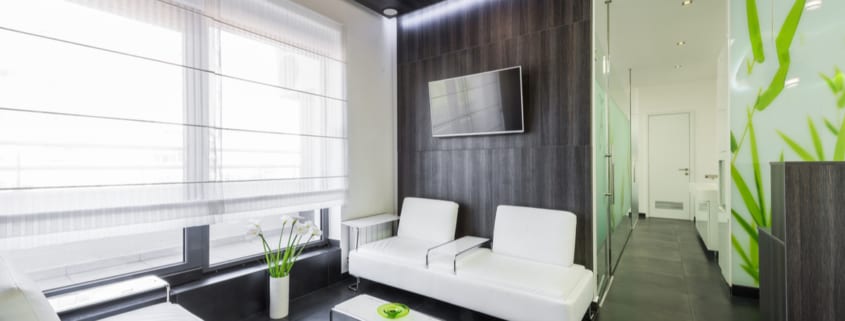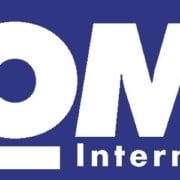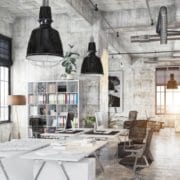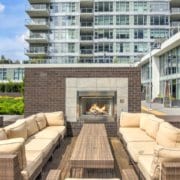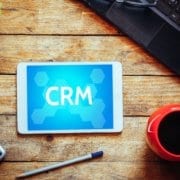3 Factors Medical Office Buildings Need to Consider for Future Success
In 2018 alone, medical office buildings in the United States were predicted to grow by about 22 million more square feet, but still only accounting for only 1.5% of square footage of existing buildings. Despite this rapid development, the supply is not outgrowing the demand of the medical office building (MOB) sector. This balanced ratio of supply to demand has contributed to MOBs stable occupancy rates of at least 90% over the last decade.
According to CBRE, the growth of MOBs and their steady occupancy rates has caused a fierce competition amongst commercial real estate investors. They are attracted to these buildings because they have predictable revenue streams, are less vulnerable to reimbursement and regulation changes, and are more easily adapted to other types of commercial spaces.
Although investors’ interests in medical office buildings are higher than ever, owners and developers should not become complacent. There are still many factors that medical office buildings need to consider in preparation for continuous success in the future, including their locations, design and site selections, and flexibility.
Location
Medical office buildings are increasingly becoming more centrally-located, making healthcare easily accessible to current and future patients. MOBs, located either on-campus (at a hospital) or off-campus (away from a hospital), are best suited for strategic locations near ambulatory and outpatient surgery centers and hospitals with ample parking and close proximity to residential neighborhoods.
Parking
The flow and profitability of medical offices, especially those located in high-traffic areas, can be impacted by exterior factors, such as accessibility to parking. Patients and employees need parking that accommodates physical disabilities, health issues, and safety. To comfortably accommodate patients, staff, physicians, and visitors, it is recommended for MOBs to have a total of 4.5 parking spaces per 1,000 gross square feet of building area.
Residential Neighborhoods
Commercial real estate has adopted a “live, work, play” motto, which is increasingly being incorporated into the developmental considerations for commercial properties. Medical offices located within or in close proximity to residential neighborhoods, mass transits, retail stores, and other amenities are positioned for success because they provide more convenient access to healthcare for residents. Additionally, healthcare facilities at the core of urban neighborhoods are able to provide quicker services as they are typically serving patients from only one specific area.
Amenities
MOBs are mirroring the hospitality industry by providing comfortable waiting/lobby areas, snackbars, charging stations, and other user-friendly amenities. Experiential amenities, such as on-site fitness centers and walking paths, are also being used to create an upscale, patient-friendly appearance. Medical office amenities help patients feel comfortable and promote good visit outcomes .
Medical Fitness Centers
Medical fitness centers do not only help members lose weight or gain muscle; they also help them manage their overall health. These facilities provide services that support physicians, as well as lifestyle education and support for members. Medical fitness centers are being added to healthcare facilities as an approach to addressing certain healthcare issues as well as to offer more comfortability and satisfaction to patients.
Walking Paths
Walking paths that promote health and wellness for both patients and office staff is becoming a desirable amenity for tenants of medical office buildings. These paths can help to enhance patient’s comfortability by providing them with a relaxing getaway as well as an opportunity to get some fresh air while before or after appointments.
Flexibility
Medical office buildings capable of adapting to changing technology and the needs of current and future generations are better prepared for future success than their counterparts. Developers and owners of flexible offices like are anticipating future changes and are preparing their buildings accordingly. Likewise, MOBs with literal flexibility, meaning they are easily converted from consultation rooms into small group meeting rooms, are also more readily equipped for future success. In the event of a market disruption, flexible offices will be able to quickly be repurposed into another type of commercial property.
Technology
One of the main benefits of CRE technology is its ability to help companies streamline their daily processes. Similarly, medical offices benefit from leveraging technology to streamline processes such as managing patient forms and medical records and scheduling appointments. The ability to handle these types of tasks more efficiently allows MOBs to serve larger volumes of patients without neglecting patient satisfaction.
Evolving Patient Expectations
As generations and technology evolve, patients’ expectations of office visits are too. Patients are now driving new expectations for managing their healthcare, convenience, and the overall experience provided during office visits. Now, more than 50% of healthcare providers cite patient satisfaction as one of their top three priorities. A comfortable waiting room, flexible exam room space, and nature-inspired designs are methods that are being used in office buildings to provide a better patient experience.
Read Medical Office Buildings: 5 Key Considerations for CRE Sponsors to learn more about factors that impact the success of healthcare facilities.

